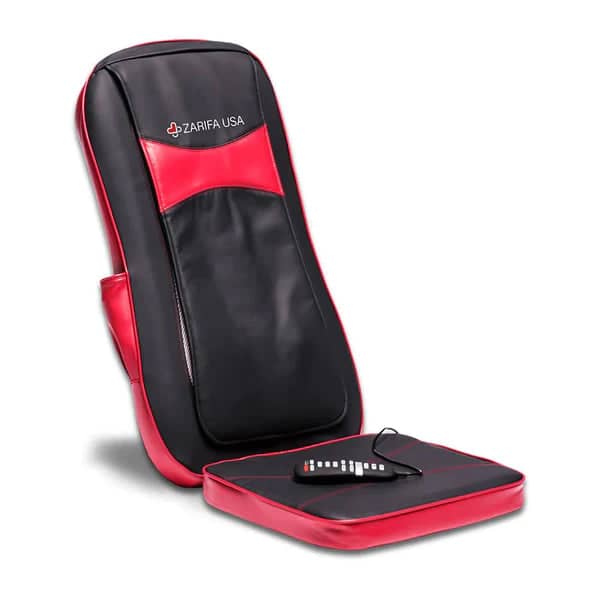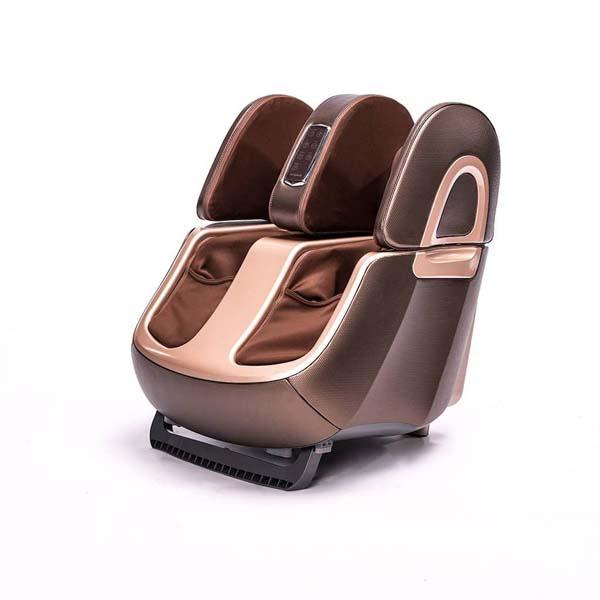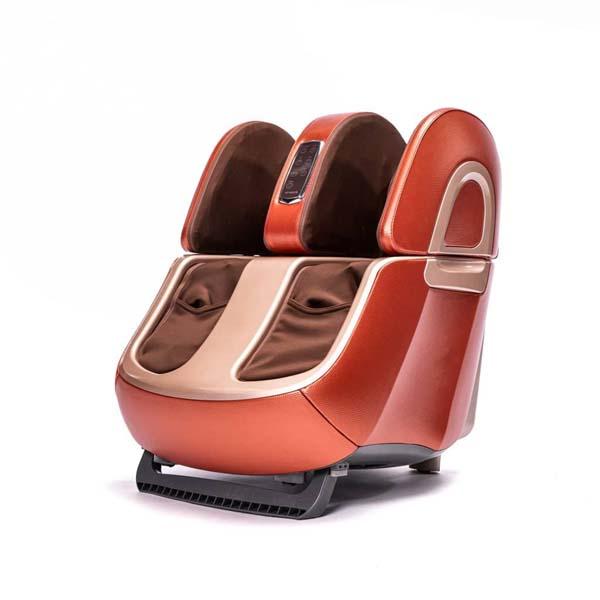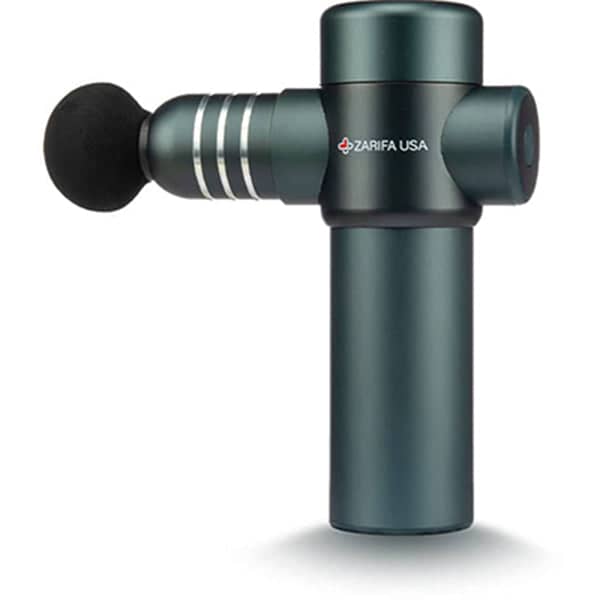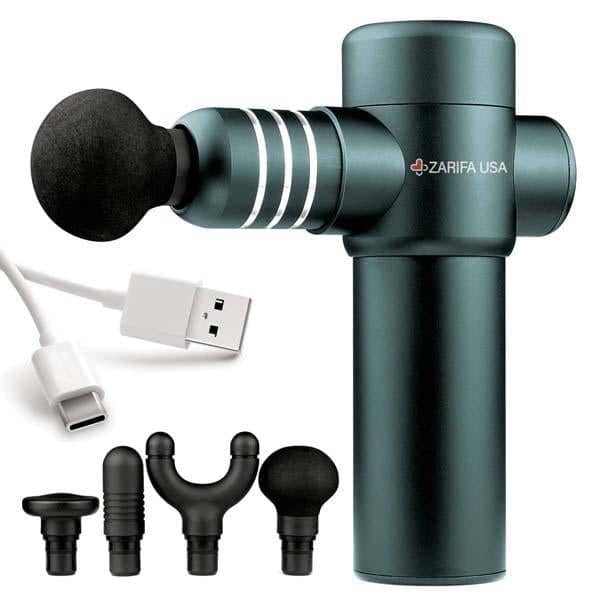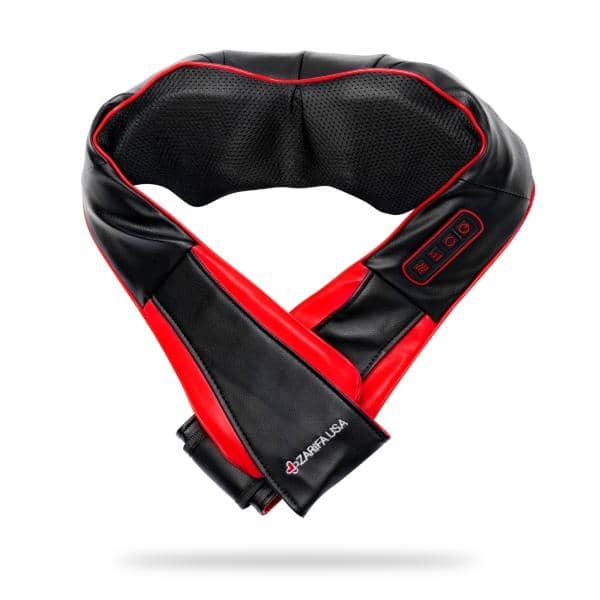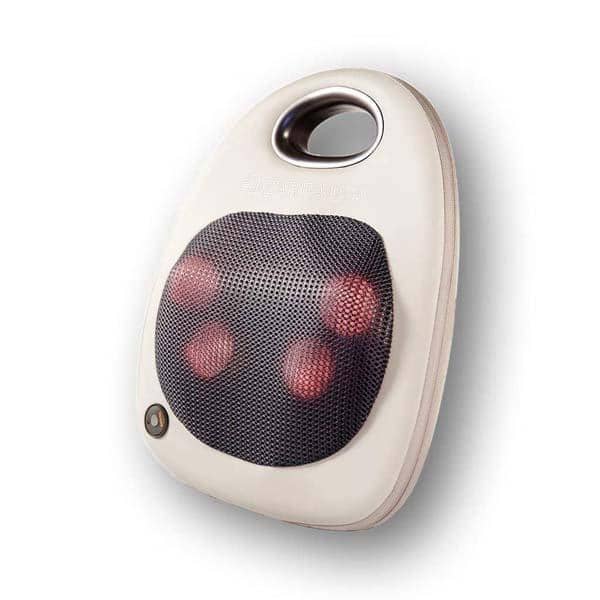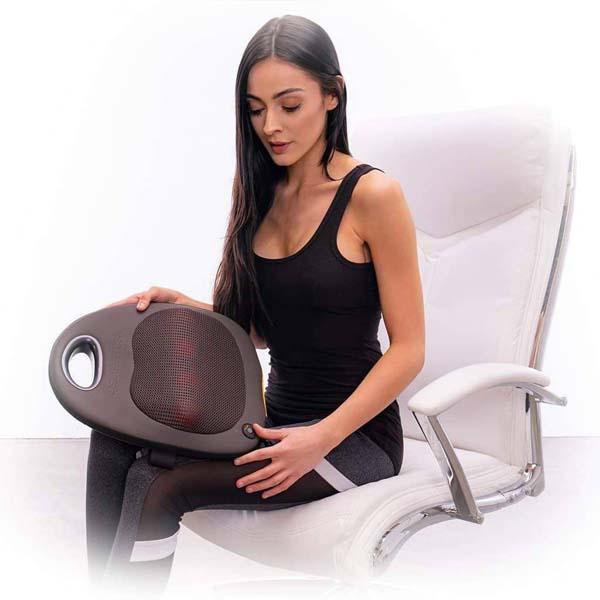Seeing a massage therapist is life-changing for many, but there are still a few misconceptions surrounding the industry. These myths can prevent people from getting a massage. Exploring these myths can help you decide if you’ve been listening to untrue facts surrounding massage therapy. Let’s debunk five common myths about massage therapy.
Only Wealthy People Can Afford Massage Therapy
While there are upscale spas with expensive services available, there are still plenty of affordable options. Some massage therapists operate their businesses out of their homes, and some rent space from other companies, like chiropractic offices.
The massage therapy industry is quickly growing, and you can find a multitude of options and price points. It’s easier than ever to get a massage.
You Don’t Need To Drink Water After a Massage
Drinking water after a massage is incredibly important. It helps reduce soreness and remove the released toxins from the body. Up your water intake the next 24 hours after a massage. Your massage therapist increased your body’s circulation, so it needs help moving the contaminants. Avoid drinking alcohol after a massage because it could have a stronger effect on your body.
You Only Get Massages for Relaxation Purposes
Are massages incredibly relaxing? Yes, they are, but that doesn’t mean it’s the only reason people receive massages. They can help rejuvenate and refresh your body. You can expect improved circulation, decreased stress levels, and increased energy.
Athletes enjoy a massage after a competition or game because it effectively winds them down. Talk with your massage therapist about your problem areas. They’ll work with you to create the best massage experience.
You Can’t Get a Massage When You’re Pregnant
Prenatal massages are safe and effective during any trimester of a normal pregnancy. Massages can help reduce swelling, improve sleep, and allow relaxation. It’s a wonderful way for pregnant people to relax and unwind.
It Has To Hurt To Be Effective
This myth can’t be farther from the truth. There’s a difference between pain and discomfort when receiving a massage. Have open communication with your massage therapist, and immediately let them know if they’re causing you pain. Don’t assume your therapist knows when you’re in pain. It’s best to say something to them if you’re feeling uncomfortable. The massage therapist can adjust their pressure to suit your needs.
Hopefully, debunking these massage therapy myths will convince you it’s time to invest in yourself and start receiving massages. In between trips to your massage therapist’s office, use a medical massage device to help prevent muscle tension and relieve pain. Zarifa has an incredible selection that is HSA and FSA-compliant.


